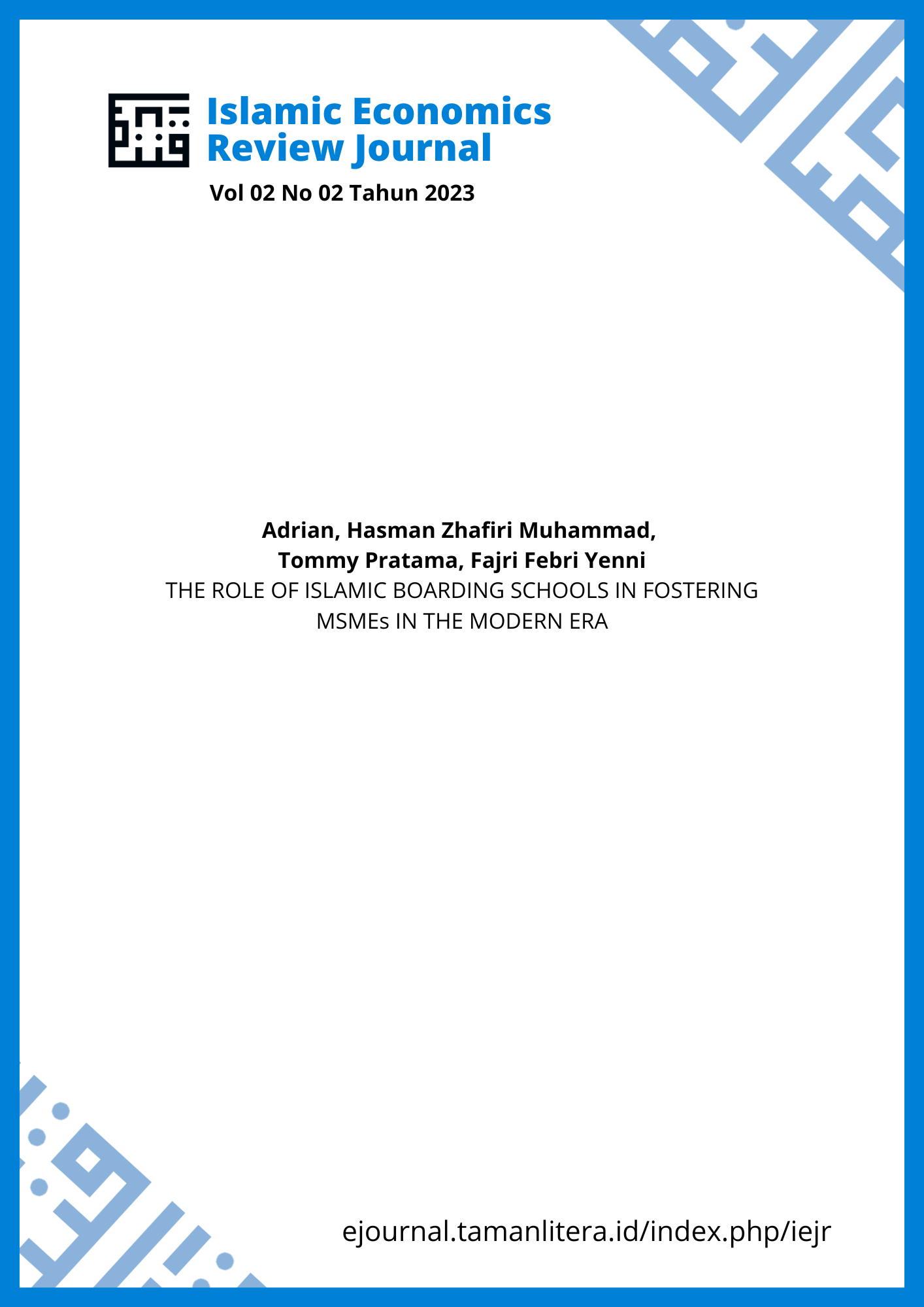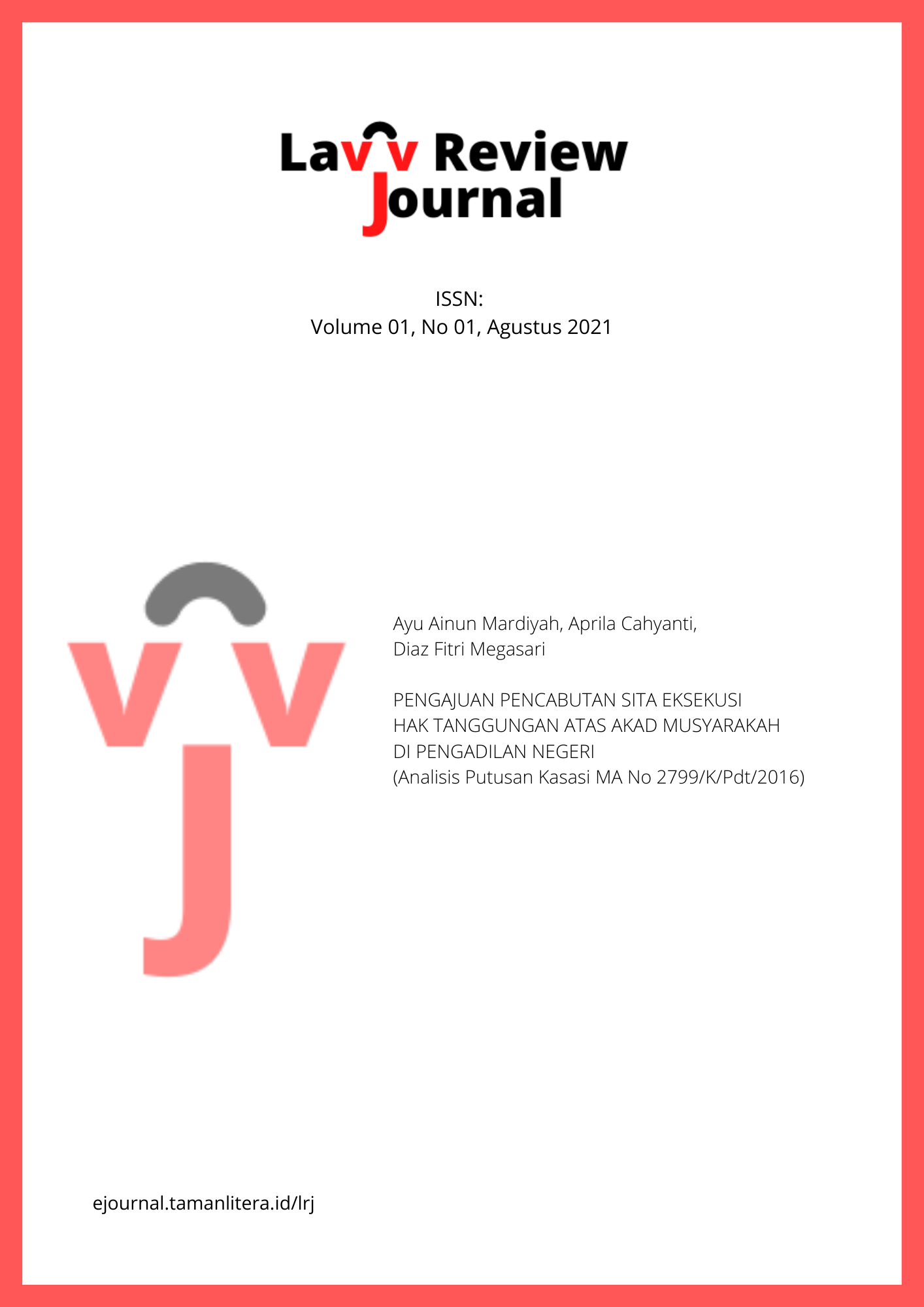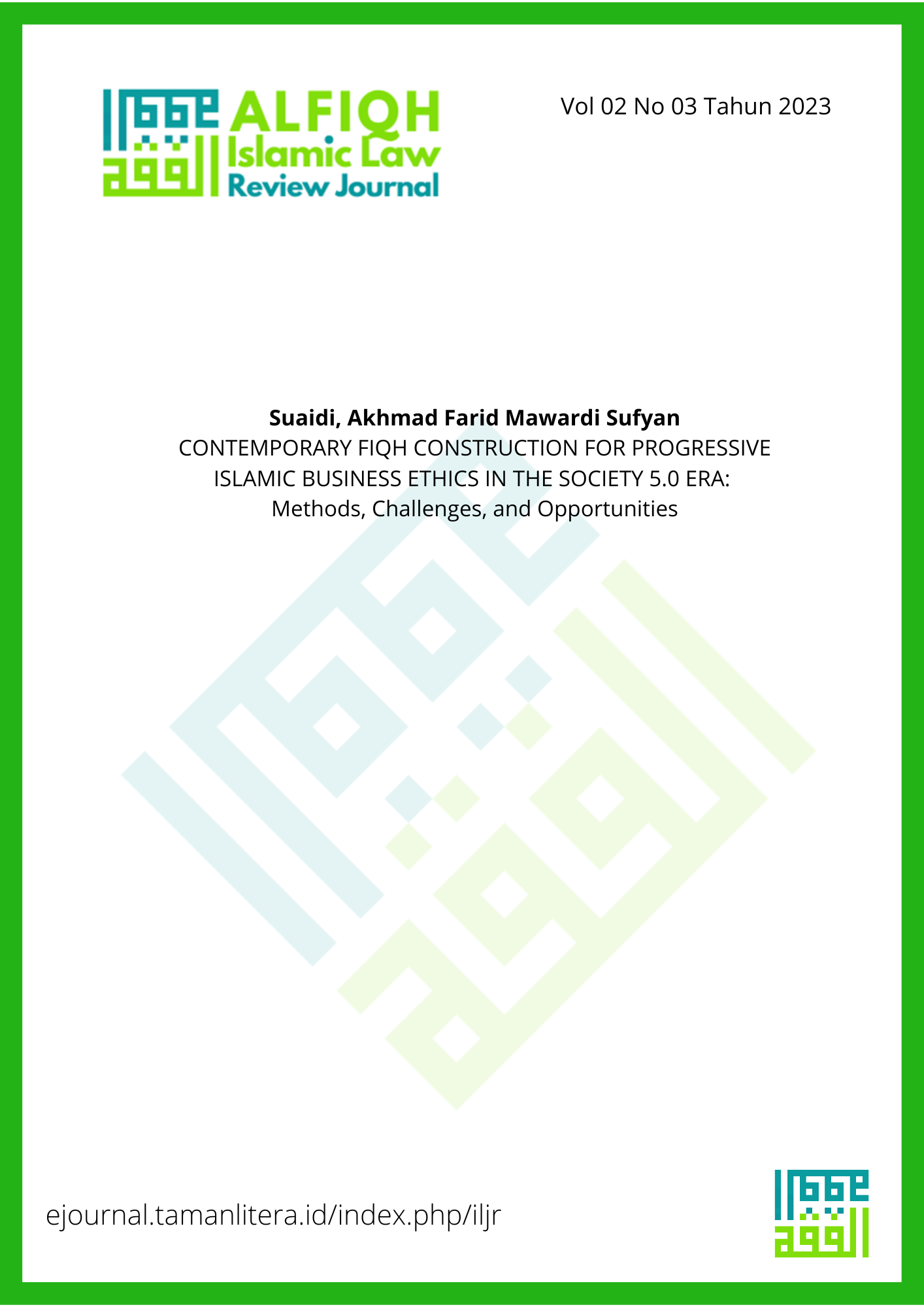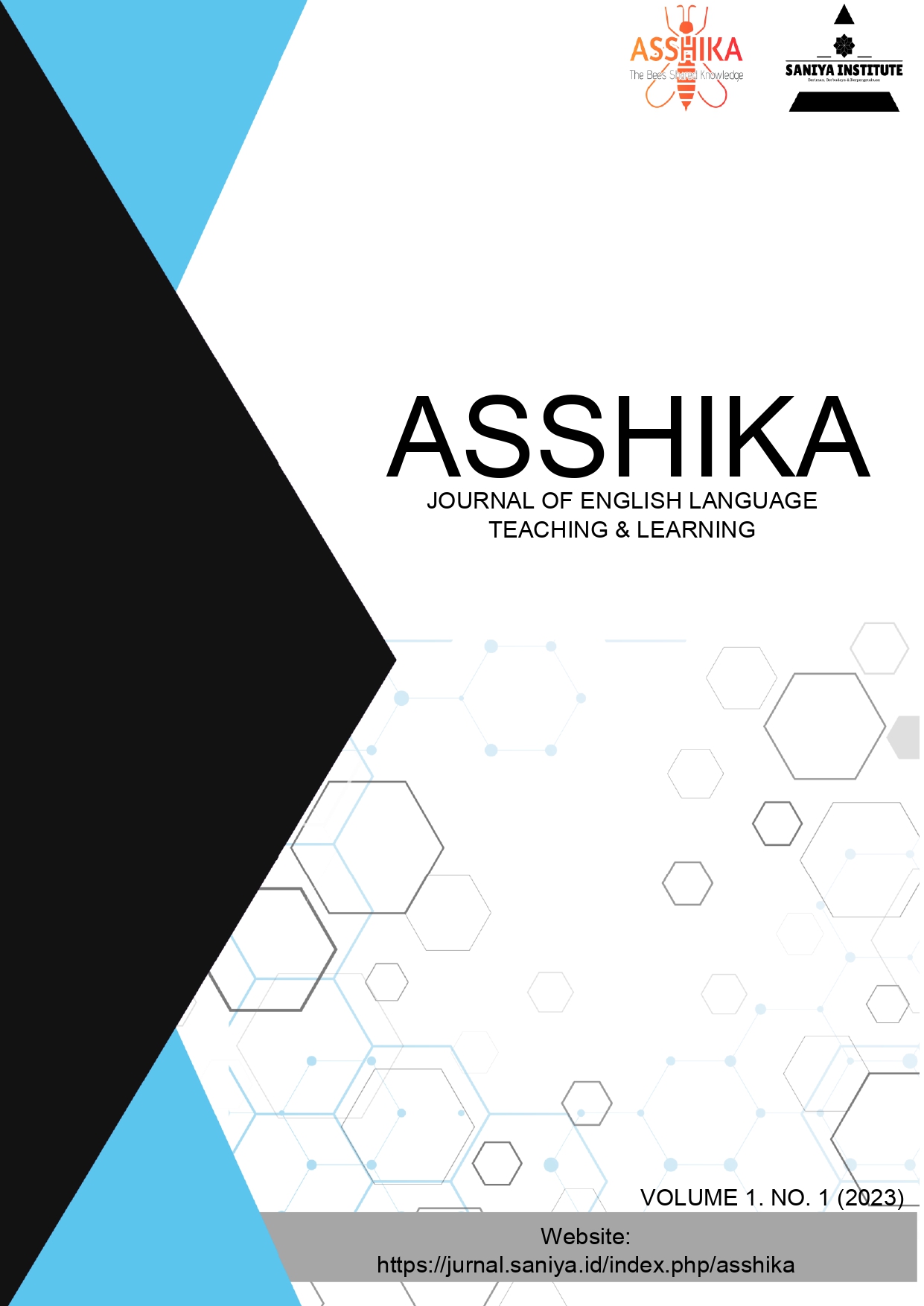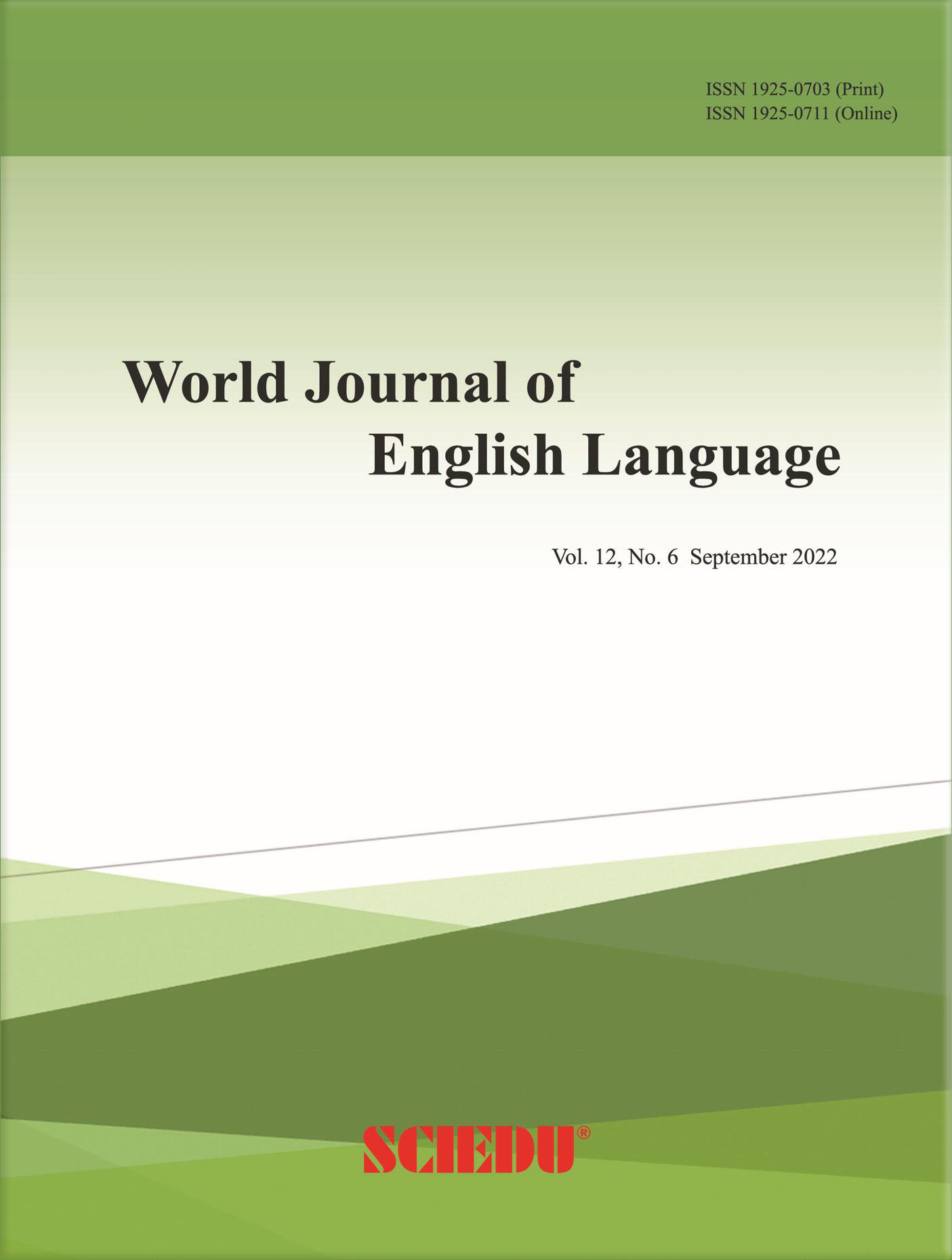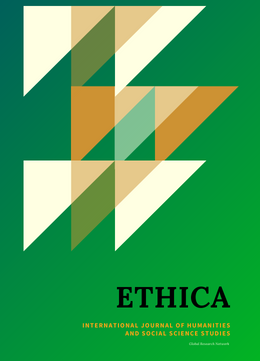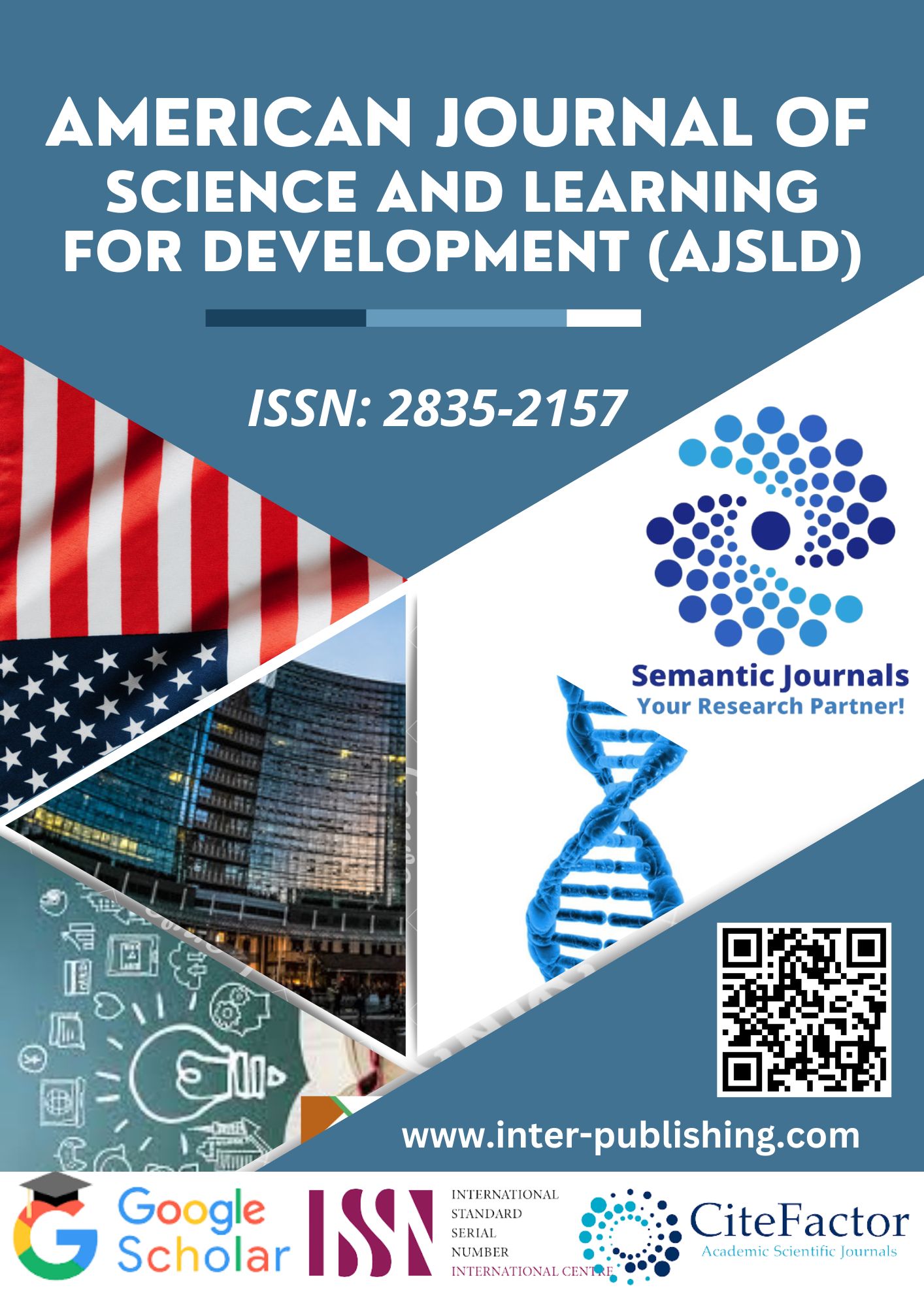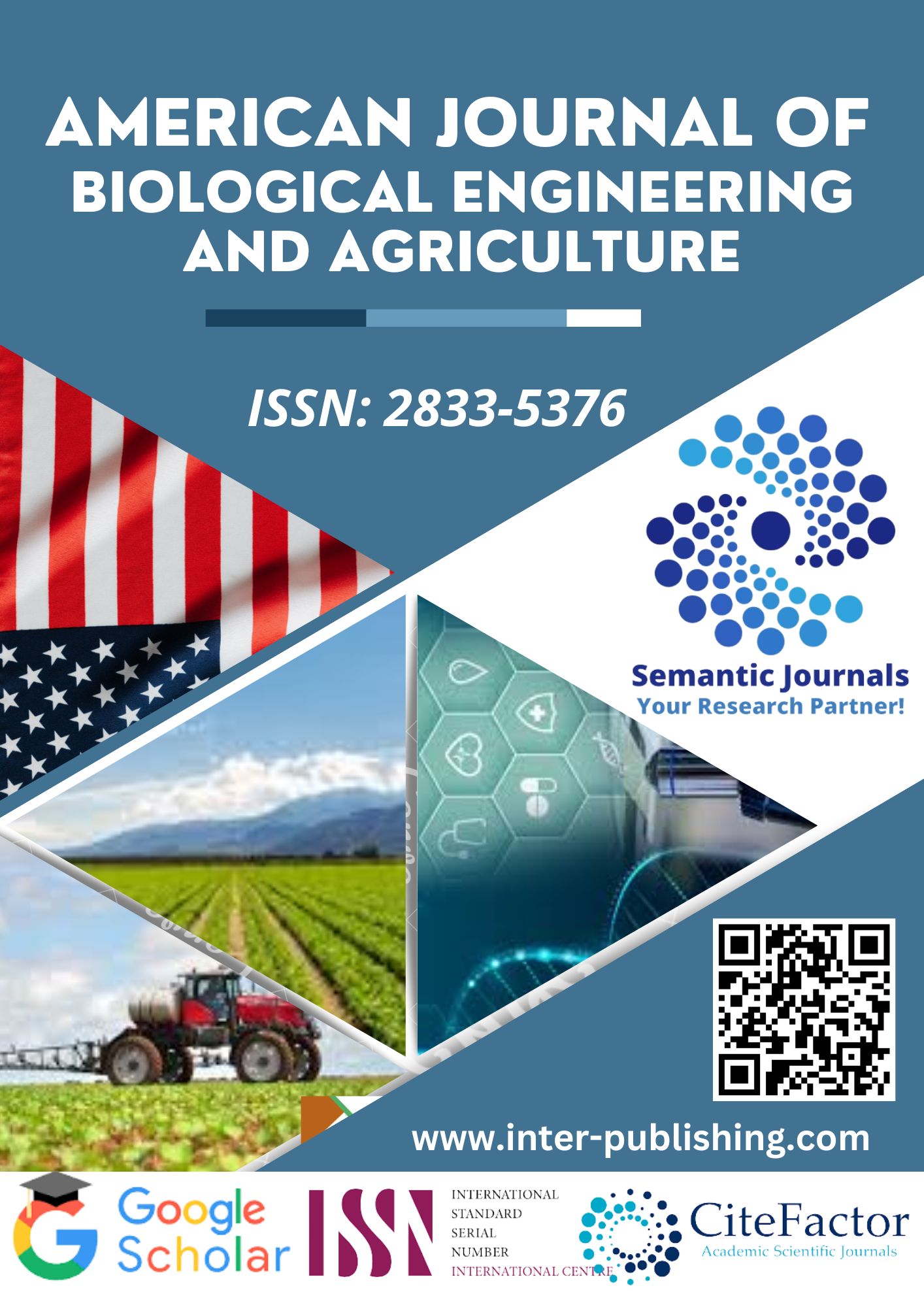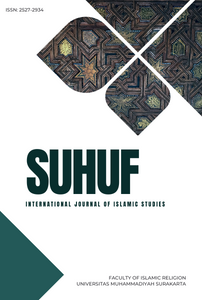
SUHUF INTERNATIONAL JOURNAL OF ISLAMIC STUDIES
SUHUF is published by the Faculty of Islamic Studies at the Muhammadiyah University of Surakarta and is intended as a communication medium and forum for developing Islamic studies. It contains scholarly writings, particularly those relevant to the fields or departments pursued by the Faculty, namely the Department of Islamic Education, Shariah Economic Law, and Quranic Studies and Exegesis.
Additionally, as a specific feature, Suhuf includes synopses of religious research, summaries of theses and dissertations, and speeches. Therefore, the editorial board invites scholars, researchers, observers, and knowledge enthusiasts to write critically and responsibly.
Journal name: SUHUF INTERNATIONAL JOURNAL OF ISLAMIC STUDIES
ISSN(e): 2795-546X ISSN(p): 2527-2934
First Issue: 2015 (Online)
Country: Indonesia
Index: Google Scholar, SINTA, Dimensions, DOAJ, Garuda
Accepted Language: English
Focus & Scope:
1. Islamic Economic and Finance
2. Islamic Education
3. Qur'an and Sunnah Studies
Publisher: Lembaga Pengembangan Publikasi Ilmiah dan Buku Ajar, Universitas Muhammadiyah Surakarta
Managed by: Faculty of Islamic Religion, Campus 1 UMS Building A, 2nd Floor
Jl. A. Yani Pabelan Tromol Pos I Surakarta 57102
Tel (0271) 717417, Psw. 2135
-
-
GUIDELINES FOR AUTHORS
SUHUF’s manuscript preparation and style guidelines follows, with a slight modification, documentation APA style.
Each manuscript must include a reference of list containing only the quoted work and using the Mendeley tool, Endnote, Zotero, etc. Each entry should contain all the data needed for unambiguous identification. With the author-date system, use the following format recommended by APA.
1. Format
The manuscripts should be typed in paper (15,5 cm x 23 cm) as showed in, 12-point Times News Roman font and must be 1.0 line-spaced, except indented quotations and abstract. The manuscript must be saved as a word file. All pages, including tables, appendices and references, should be serially numbered. Spell out numbers from one to ten, except when used in tables and lists, and when used with mathematical, statistical, scientific or technical units and quantities, such as distances, weights and measures. For example: three days; 3 kilometers; 30 years. All other numbers are expressed numerically. Authors are encouraged to use SUHUF template. Sample template is included at the end of this document.
2. Language
The manuscript must be written in good academic English. Spelling follows Webster’s International Dictionary. To ensure anonymous review, authors should not identify themselves directly or indirectly in their papers. Single author should not use the word “we”. Authors for whom English is not their native language are encouraged to have their paper checked before submission for grammar and clarity.
3. Article Length
The body of paper must range between 5000-10.000 words, written in MS word. The allowable length of the manuscript is at Editor’s discretion; However, manuscript with a length less or exceeding the words may be return to the author(s) for revision before the manuscript is considered by the Editors. The word count excludes table, figures, and references.
4. Article Title
The title of the article should be specific and effective, approximately 150 characters. Write an article title using simple and straightforward language that can offer readers a glimpse of the content with their first glance.
5. Author name and Affiliations
The full name of each author, affiliation of each author at the time research was completed and addressed to each author including full postal address, telephone, and email addresses.
6. Abstract
The abstract should stand alone, means that no citation in the abstract. The abstract should concisely inform the reader of the manuscript’s purpose, its methods, its findings, and its value. The abstract should be relatively nontechnical, yet clear enough for an informed reader to understand the manuscript’s contribution. The manuscript’s title, but neither the author’s name nor other identification designations, should appear on the abstract page. An abstract, of no more than 250 words, should be presented in English preceding the text of the manuscript.
7. Keywords
Keywords are an important part of abstract writing. Authors should select a maximum of 5 keywords that are specific and reflect what is essential about the articles. Keywords and the article classification should be provided after the abstract.
8. Main Article
Manuscript submitted to this journal should have the main heading as follows:
-
Introduction:
The Introduction section is the opening part of a research paper or article. It should provide a clear and concise overview of the study's purpose, objectives, and the problem being addressed. The key components of the Introduction include:- Background: Present the context and significance of the research topic. Mention any previous studies or relevant developments that have led to your research.
- Research Gap: Identify the knowledge gap or problem that your study aims to address. Explain why your research is necessary and how it contributes to the existing body of knowledge.
- Objectives: State the specific objectives or research questions that your study seeks to answer.
- Scope: Define the scope and limitations of your study to set expectations for readers.
- Significance: Highlight the potential implications and applications of your research findings.
-
Literature Review:
The Literature Review section is a critical analysis of the existing literature and research related to your topic. It serves to establish the current state of knowledge, identify gaps, and demonstrate your understanding of the subject. Key points to include:- Relevant Studies: Summarize and analyze key studies and research works that are directly related to your research topic.
- Theoretical Framework: Present any theoretical frameworks or models that underpin your study.
- Contrasting Views: Address any conflicting findings or differing perspectives within the literature.
- Gaps and Research Questions: Emphasize the unresolved questions or gaps in the existing literature that your study aims to fill.
-
Methods:
In the Methods section, you describe the research design, data collection, and data analysis procedures used in your study. Include the following elements:- Research Design: Specify whether your study is experimental, observational, qualitative, quantitative, or a combination of methods.
- Participants or Sample: Describe the participants (if human subjects are involved) or the sample selection process.
- Data Collection: Explain the tools, instruments, or methods used to gather data.
- Data Analysis: Detail the statistical or qualitative analysis techniques applied to interpret the collected data.
-
Results and Discussion:
The Results and Discussion section presents the findings of your study and discusses their implications. This section should be clear and well-organized. Points to consider:- Results Presentation: Present your results in a logical order using tables, graphs, or charts when applicable.
- Interpretation: Interpret the results and relate them to your research questions or hypotheses.
- Comparison with Literature: Compare your findings with relevant studies discussed in the Literature Review.
- Limitations: Acknowledge any limitations that might affect the validity or generalizability of your results.
- Implications: Discuss the implications of your findings and suggest possible future research directions.
-
Conclusion:
The Conclusion section summarizes the main points of your study and provides a concise answer to your research objectives or questions. Include the following:- Restatement of Objectives: Reiterate the objectives of your study.
- Summary of Findings: Summarize the key results and their significance.
- Contributions: Explain the original contributions or advancements your study brings to the field.
- Practical Applications: Discuss any practical applications or recommendations arising from your research.
-
Acknowledgment (if any):
In the Acknowledgment section, express gratitude to individuals or organizations that provided support or assistance to the research but do not meet the criteria for authorship. -
References:
The References section lists all the sources cited in your paper or article. Follow a specific citation style (e.g., APA, MLA, Chicago) as per the journal or publisher's guidelines.
Authors may use some flexible term for the subheading following the above main heading. Authors are encouraged to use manuscript’s template that is found at the end of this guideline.
9. Transliteration Rule
All terms or titles in Arabic should be transliterated with following the Library of Congress guide. Name of person should not be transliterated.
10. Artwork
Author must provide high quality artwork for all illustrations. Poor resolution or definition is not acceptable. Tables and Figures should be numbered separately. (Table 1, Table 2; Figure 1, Figure 2). Each table and figure should be given a title and should be presented on a separate page at the end of the manuscript. Figures and tables reproduced from already published work must be accompanied by permission of the original publisher (or copyright holder, if not the publisher). Please indicate the position of figures and tables in the text.
11. Questionnaires and Experimental Instruments
Manuscripts reporting on field surveys or experiments should include questionnaires, cases, interview plans or other instruments used in the study.
12. Citations
Work cited should use the “author-date-system” keyed to a list of works in the reference list (See below).
- In the text, works are cited as follows: author’s last name and date, without comma, in parentheses: for example, (Becker 1987); with two authors: (Hannan and Freeman 1984); with more than two: (Sanders et al. 1985); with more than one source cited together (Jones 1987; Freeman 1986); with two or more by one author: (Jones 1987, 1989).
- When the reference list contains more than one work of an author published in the same year, the suffix a, b, etc., Follows the date in the text citation; for example, (Jones 1987a; Jones 1987b)
- If an author’s name is mentioned in the text, it need not be repeated in the citation.
- Citation to institutional works should use acronyms or short titles where practicable.
13. Reference
Every manuscript must include a list of references contain only the works cited. Each entry should contain all data necessary for unambiguous identification. With the author-date system, use the following format recommended by the APA Styles:
For instances of multiple articles with the same authors and years of publication, please check the APA publication manual or Academic Writer. If you have the DOI for the journal article, you should include it in the reference, otherwise, it is not necessary.
Book
- De Vaus, D. A. (2014). Surveys in social research. Sydney, Australia: Allen & Unwin.
Book chapter
- McKenzie, H., Boughton, M., Hayes, L., & Forsyth, S. (2008). Explaining the complexities and value of nursing practice and knowledge. In I. Morley & M. Crouch (Eds.), Knowledge as value: Illumination through critical prisms (pp. 209-224). Amsterdam, Netherlands: Rodopi.
Journal article
- Cheung, J. M. Y., Bartlett, D. J., Armour, C. L., Laba, T. L., & Saini, B. (2018). To drug or not to drug: A qualitative study of patients’ decision-making processes for managing insomnia. Behavioral Sleep Medicine, 16(1), 1-26. doi:10.1080/15402002.2016.1163702
Webpage with an author
HealthTimes. (2015). The future of aged care nursing in Australia. Retrieved from https://healthtimes.com.au/hub/aged-care/2/news/nc1/the-future-of-aged-care-nursing-in-australia/495/
Webpage with no author
$250m funding boost for malaria vaccine. (2003). Retrieved from https://www.abc.net.au/news/2003-09-22/250m-funding-boost-for-malaria-vaccine/1482220
Newspaper article
- Fellner, C. (2019, April 7). Time bomb: Two new cases as NSW faces worst measles outbreak in years. The Sydney Morning Herald. Retrieved from https://www.smh.com.au
Government publication
- Australian Institute of Health and Welfare. (2018). Physical activity across the life stages. Canberra, Australia: Author.
- Australian Institute of Health and Welfare. (2018). Physical activity across the life stages. Retrieved from https://www.aihw.gov.au/reports/physical-activity/physical-activity-across-the-life-stages/contents/table-of-contents
Company and Industry Reports
- Vuong, B. (2018, November). IBISWorld industry report OD5381. Coffee shops in Australia. Retrieved from IBISWorld database.
Submission Preparation Checklist
As part of the submission process, authors are required to check off their submission's compliance with all of the following items, and submissions may be returned to authors that do not adhere to these guidelines.
- The submission has not been previously published, nor is it before another journal for consideration (or an explanation has been provided in Comments to the Editor).
- The submission file is in OpenOffice, Microsoft Word, RTF, or WordPerfect document file format.
Copyright Notice
The articles published in SUHUF are protected by copyright. The copyright holder is SUHUF unless otherwise stated. This Copyright Notice provides important information for readers and authors regarding the ownership of copyright and the permitted use of the journal's content.
1. Copyright Ownership: a. Unless otherwise specified, the copyright for all articles published in SUHUF belongs to SUHUF. This includes the text, images, and any other material contained within the articles. b. In cases where the copyright belongs to the author or a third party, it will be clearly indicated within the article.
2. Licensing Agreements: a. SUHUF may utilize licensing agreements, such as Creative Commons licenses, to grant certain rights to readers and users of the journal's content. The specific licensing agreements for each article will be clearly stated within the article itself. b. The licensing agreements may specify the permissions granted for the use, reproduction, distribution, and adaptation of the articles. It is important for readers and users to review and comply with the terms of the respective licensing agreement for each article.3. Permissions and Use of Content: a. If you wish to use or reproduce any content from SUHUF, including articles, images, or any other material, beyond the permissions granted by the applicable licensing agreement, you must seek permission from SUHUF or the respective copyright holder. b. Requests for permissions or any inquiries regarding the use of SUHUF's content should be directed to the journal's editorial office. Contact information can be found on the SUHUF website or within the journal.
4. Compliance with Copyright Laws: a. Readers and users of SUHUF's content are responsible for complying with all applicable copyright laws and regulations. b. Unauthorized use, reproduction, distribution, or adaptation of the journal's content, beyond the permissions granted by the applicable licensing agreement or without obtaining prior permission, may constitute a violation of copyright laws.
By accessing and using SUHUF's content, readers and users acknowledge and agree to comply with the terms and conditions set forth in this Copyright Notice.
-












